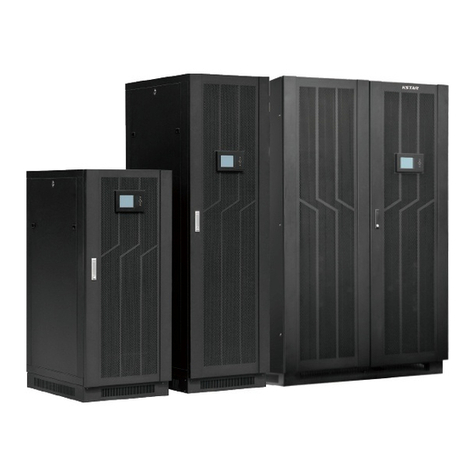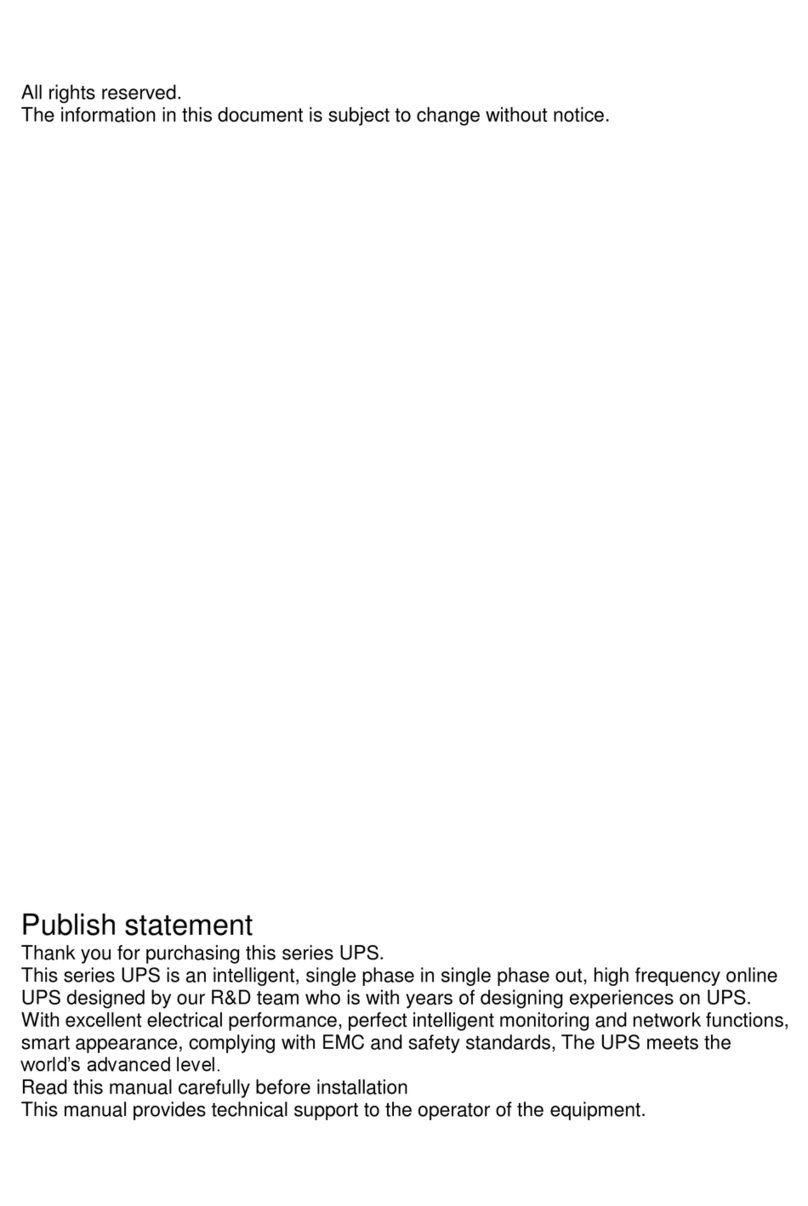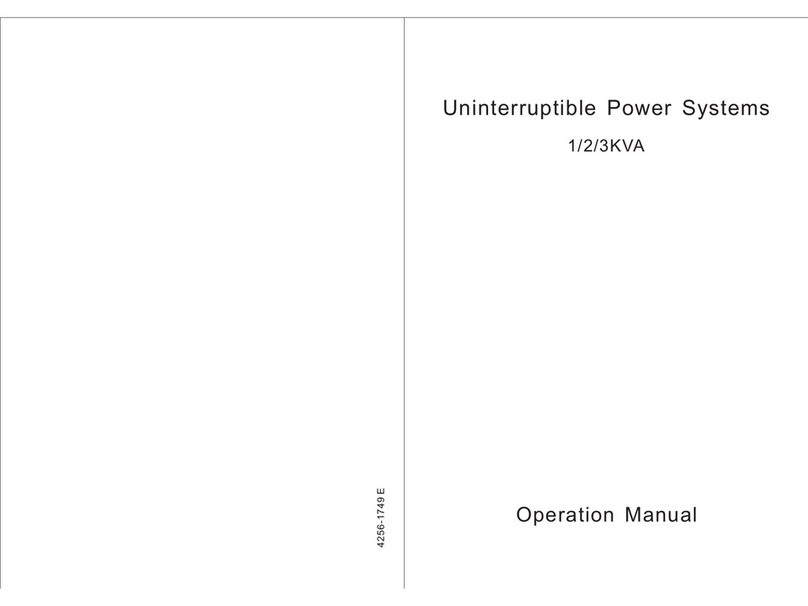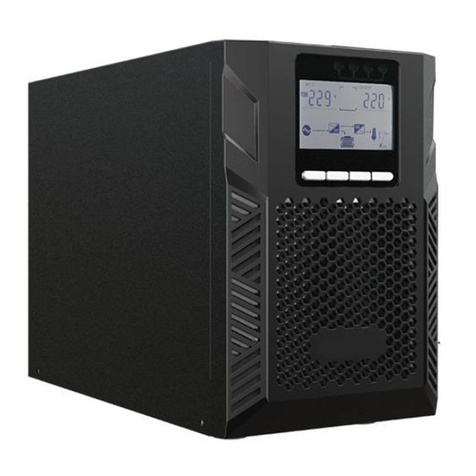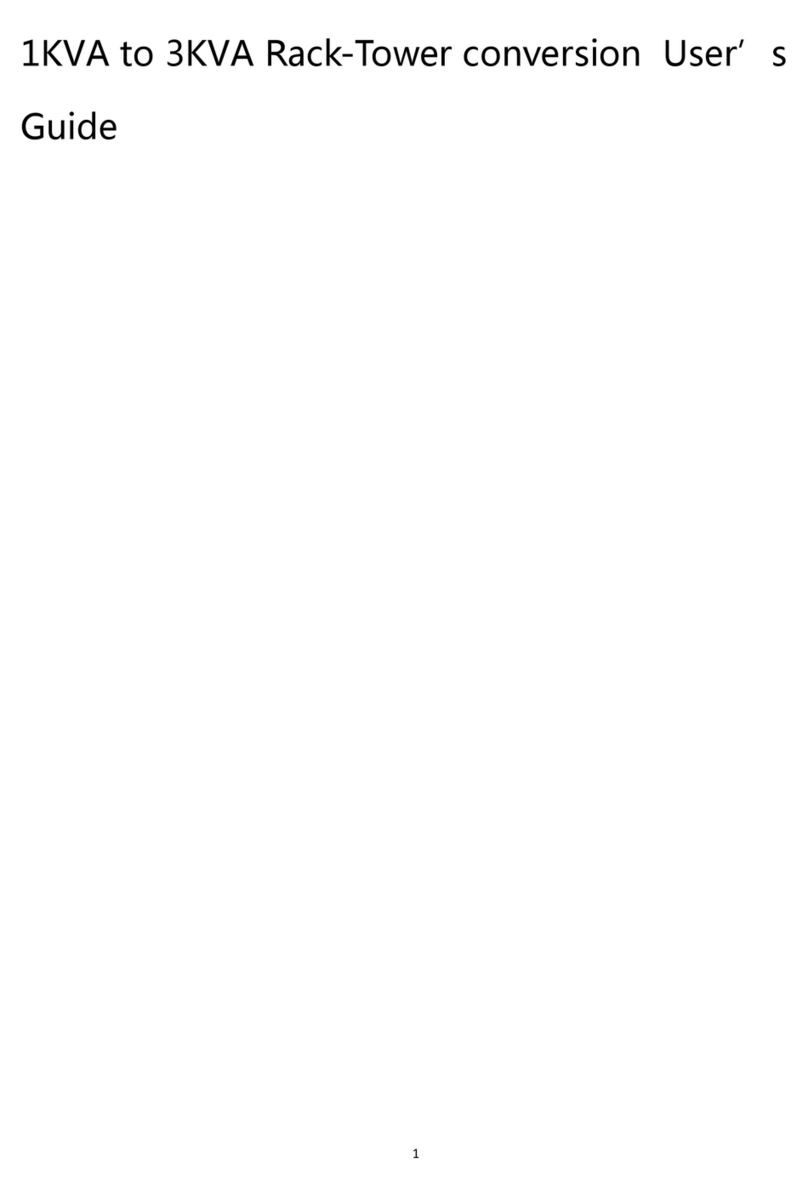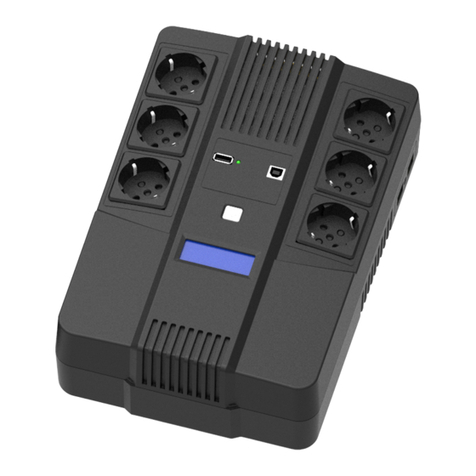
1
Contents
1.Safety ....................................................................................................................................... 2
1.1 Safety notes ....................................................................................................................................... 2
1.2 Symbols used in this guide ............................................................................................................ 2
2.Main Features ........................................................................................................................ 3
2.1 Summarization ................................................................................................................................... 3
2.2 Functions and Features .................................................................................................................. 3
3.Installation .............................................................................................................................. 4
3.1 Unpack checking .............................................................................................................................. 4
3.2 The appearance of the product ..................................................................................................... 4
3.3 Installation notes ............................................................................................................................ 15
3.4 External Protective Devices .......................................................................................................... 18
3.5 Power Cables ................................................................................................................................... 19
3.6 Power cable connect...................................................................................................................... 23
3.7 Battery connection ......................................................................................................................... 24
3.8 UPS parallel Installation ................................................................................................................ 25
3.8.1 Cabinet installation ............................................................................................................. 26
3.8.2 Parallel cable installation .................................................................................................. 26
3.9 LBS installation (optional) ............................................................................................................ 27
3.9.1 LCD setting ........................................................................................................................... 27
3.9.2 LBS cable installation ......................................................................................................... 27
3.9.3 UPS installation .................................................................................................................... 28
4.Operation .............................................................................................................................. 28
4.1 Operation Modes ............................................................................................................................. 28
4.2 Turn on/off UPS ............................................................................................................................... 31
4.2.1 Restart procedure ................................................................................................................ 31
4.2.2 Test procedure ..................................................................................................................... 31
4.2.3 Cold start procedure ........................................................................................................... 32
4.2.4 MAINTENANCE BYPASS ................................................................................................... 32
4.2.5 Shut down procedure ......................................................................................................... 33
4.2.6 Startup procedure for parallel system ........................................................................... 33
4.3 The Display ....................................................................................................................................... 34
4.4 Display Messages/Troubleshooting ........................................................................................... 64
4.5 Options .............................................................................................................................................. 66
Appendix 1 Specifications ..................................................................................................... 67
Appendix 2 Problems and Solution ..................................................................................... 72
Appendix 3 CAN communication port definition ............................................................. 74
Appendix 4 RS485 communication port definition ......................................................... 75
Appendix 5 COM communication port definition ............................................................ 75
Appendix 6 LBS port definition ............................................................................................ 76
Appendix 7 REPO instruction ............................................................................................... 76







